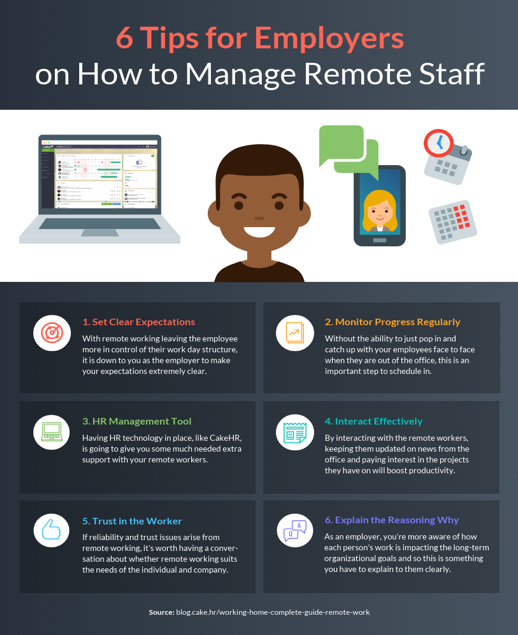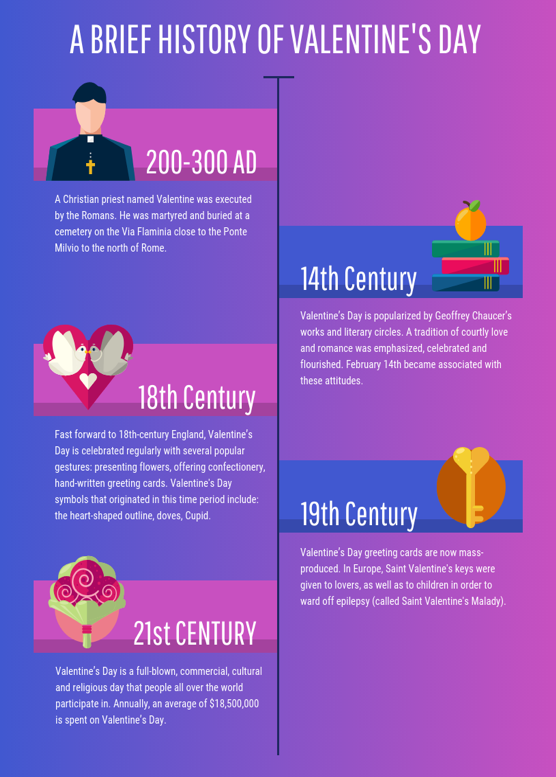Editor’s note: As views of online visuals are on the rise, we updated this article on infographic creation and included new examples.
With people spending more time online, visual content marketing trends have been soaring – searches for infographics increased over 50% in March 2020 compared to March 2019.
Though you can create an infographic for almost any blog post, that doesn’t mean it will perform spectacularly. First and foremost, creating a great infographic requires a great idea.
Creating a great #infographic requires a great idea, says @NadyaKhoja via @cmicontent. Click To TweetIn this guide, I break down the ideation process so that coming up with more memorable infographic ideas doesn’t have to be so hard. In fact, these seven principles are relevant not only to infographics but to any content you create.

HANDPICKED RELATED CONTENT:
1. Solve a burning problem
When it comes to producing high-value content that is shareable and link-worthy, create an infographic that solves a burning problem.
Create a problem-solving #infographic to produce shareable & link-worthy #content, says @NadyaKhoja via @cmicontent. Click To TweetThis approach requires you to first think about the problem you’re trying to solve or the questions you’re trying to answer with your infographic story. This usually requires you to put yourself in your readers’ shoes.
First, ask yourself: What are the problems my audience is facing?
Next, identify or discover topics and stories from those answers.
For instance, why do you think AMAs (Ask Me Anything) on Reddit are so popular? It gives normal people the opportunity to ask questions of those who may be more successful – questions they believe will lead to their success.
With infographics, content typically formatted as a how-to guide follows this principle. This example on how to successfully manage a remote team is a burning issue now.
The information is presented in a simple and easily digestible format, offering a solution to a pain point.
As you attempt to provide solutions to burning problems, identify the data or the information you possess that your audience wants or needs and present it in a way which provides value but also positions you as a leader in the industry.
HANDPICKED RELATED CONTENT:
2. Challenge the status quo
Creating content that challenges the status quo is a great way to position you and your company as experts and influencers.
Create #content that challenges the status quo to position you or your company as an expert, says @NadyaKhoja via @cmicontent. Click To TweetConsider this example from Candy Bar that asserts digital loyalty programs are essential for improving customer experiences.
It boldly states that customer satisfaction doesn’t equate to customer loyalty – challenging the typical assumption that the latter organically follows the former.

Much like the myth-busting principle, creating content that challenges the status quo is sure to cause some controversy and debate. But these types of pieces tend to get the conversation going, thus making more people aware of your brand.
3. Change the perspective
The next principle is to reframe the question or alter the perspective. The best way to describe this principle is by looking at an example from the Bill and Melinda Gates Foundation. The organization wanted people to understand the importance of malaria vaccinations. Instead of simply presenting the facts and listing the impact – the high death toll attributed to malaria – the foundation created an infographic about the world’s deadliest animals.

When you see that nearly 1 million people die from mosquito bites and only 10 people die because of shark attacks every year, the data becomes much more surprising and memorable. By offering a comparison and presenting the question in a different way, the foundation made the idea that a malaria vaccination is a simple way to avoid death so much stickier.
When you are using this principle, first identify the question, then approach the answer from a different angle.
4. Find origin stories
For every story you hear, chances are there is an origin story. In the book Made to Stick by Chip and Dan Heath, one chapter discusses the origin stories of certain proverbial phrases, such as “A bird in the hand is worth two in the bush.” According to the Heath brothers, and many other sources, that proverb dates back to the 1600s. And it’s still used often today.
Now, aren’t you curious about the story behind this proverb and perhaps the stories behind other common phrases you know and use? People’s curiosity and determination to find meaning are what make origin stories popular.
Think about some common beliefs and behaviors people have today in your industry. Then portray this principle by creating a timeline infographic of its evoluation. You also can do this for an event, industry, or person.
Create a timeline #infographic of an event, specific industry, or person, says @NadyaKhoja via @cmicontent. Click To TweetAt Venngage, we created this fun timeline infographic on Valentine’s Day:
Your goal should be to discover the origin story that resonates with your audience and then visualize it.
5. Find extreme cases
Similar to identifying the origin story is discovering the extreme case. These outliers are often eliminated from surveys because they can heavily influence data and skew results.
One example might be to identify the average page reach on Facebook. According to Vyper, Facebook is still a great source of traffic, but Facebook groups even more so. Now that makes the statistic that much more interesting, doesn’t it?
Finding the outliers like this can help inspire highly shareable content and infographic ideas. For instance, let’s say you sell a product like dog treats. You survey customers and determine that dogs consume an average of 2.5 treats a day. But you also discover a dog that consumes 15 treats a day. Now you have a special story.
From this case study, you can create an infographic visualizing how many pounds of dog treats are consumed a year by your customers’ pets and highlighting the outliers.
One recent example that stands out is an infographic map showcasing the median annual income for millennials across the United States.
Looking at this map, it’s shocking to see how little so many millennials are making. But if you read the article, you learn that the survey included millennials who were still students and only working part time. Considering all the factors, it’s not as shocking that the numbers are low. But by only focusing on the median, the data is presented as an extreme case and viewers are more likely to read the article to learn why. If you opt for this tactic, be sure to include all the facts so viewers can interpret the facts correctly.
6. Go outside your immediate field
The next principle is to go outside your immediate field. GetVoIP offers an example of this. Technically, it’s a digital telecommunication service, but it produces content on a range of topics, particularly communication.
Here’s an example of an infographic about remote workers. Is it directly relevant to VoIP? Not exactly, but the content is still important if you use VoIP – it gives context to the product and its uses.

The point is not to focus solely on your immediate field when thinking of content and infographic ideas. Venture outside of that tiny bubble and find out how you can tie in topics outside of your specific business.
Don’t focus solely on your immediate field when thinking of #content & #infographic ideas, says @NadyaKhoja via @cmicontent. Click To Tweet7. Create a mashup of two or more topics
The last principle is the act of creating a mashup of multiple ideas or topics for your infographic. Take two seemingly unrelated concepts and find an element that connects them. This is a particularly good way of combining trending topics with evergreen ideas.
DOZ, a marketing software company, created a mashup of its tool’s capabilities and a trending topic a few years ago in an infographic analysis of the type of language used on Twitter by some presidential candidates.

The infographic also became a public relations win because Adweek published it.
Think of some possible trending topics you can use in a mashup with an aspect of your business. Maybe it’s comparing the Lord of the Rings to your SEO strategy or Harry Potter to your company culture that lets you use the mashup principle to appeal to a wider audience.
Think and create visually
It can be discouraging to spend hours working on an infographic that you think is incredible, only to publish it and find not even a cricket will tweet it. But just like any type of content marketing, only the most effective and relevant examples get shared and seen. Don’t just create an infographic for the sake of making it. Create one that follows the principles of great content, and it will be seen.
Cover image by Joseph Kalinowski/Content Marketing Institute






